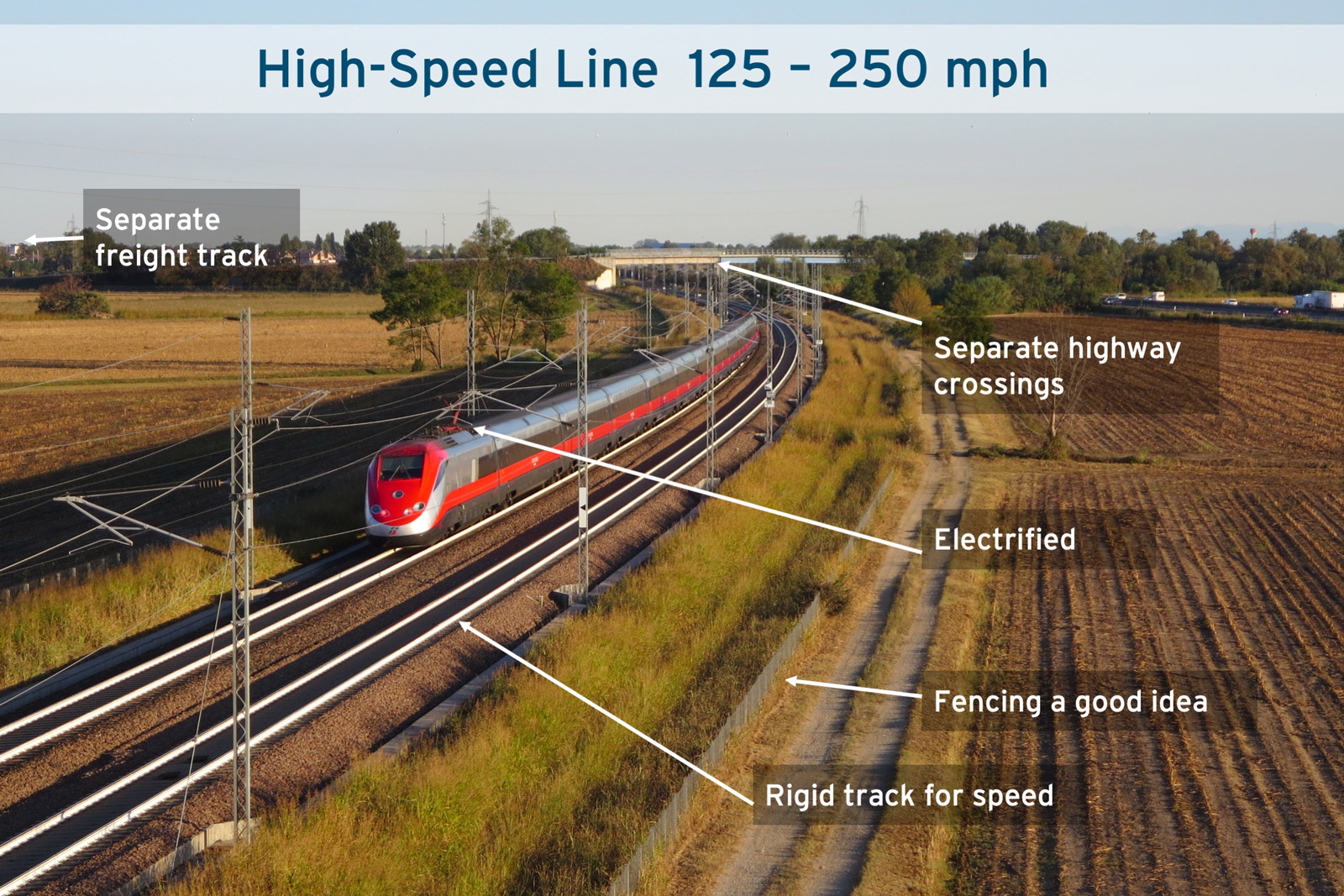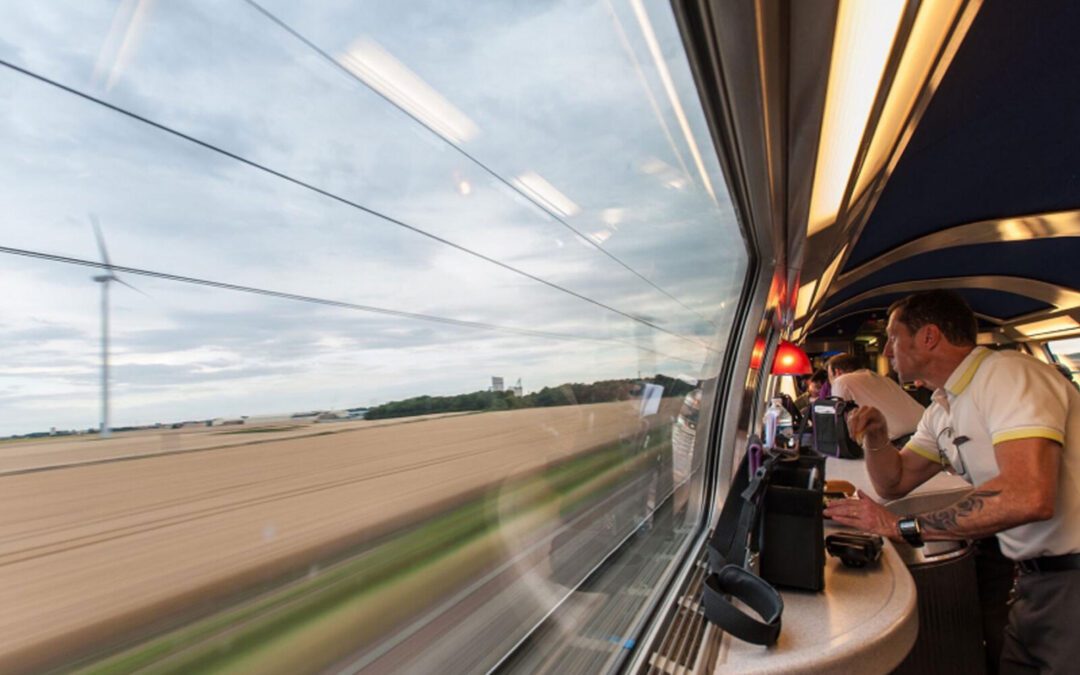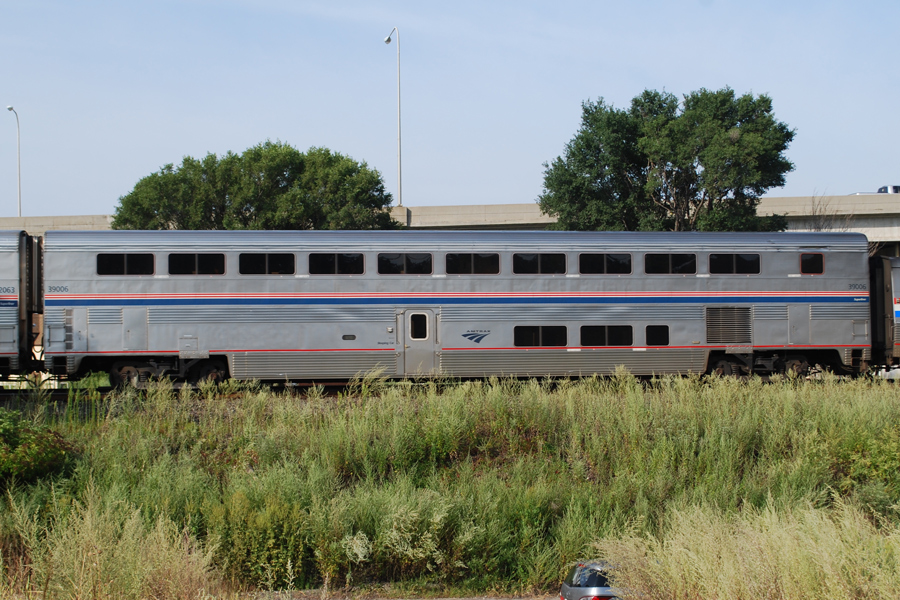Let's Put Illinois on the Fast Track You can help connect the state with great trains. Email Your Legislators Today!The Time for Action is Now Tell Springfield you want better trains today. Right now the Illinois General Assembly is having a debate on how...
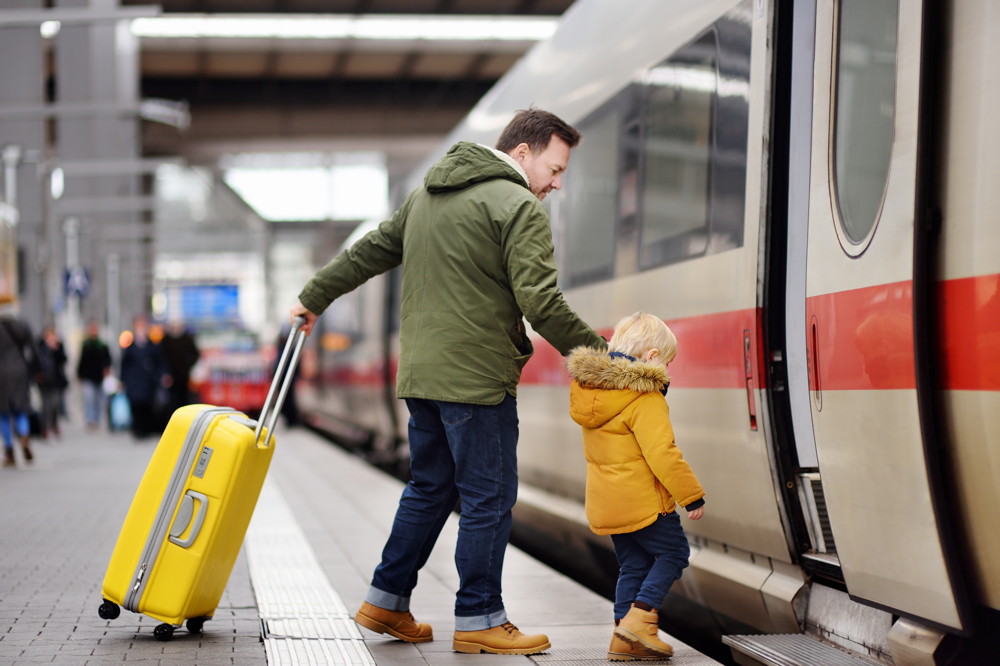
High-speed rail is fast, frequent, and affordable
It is a proven technology, with over 28,000 miles of high-speed line in over 20 countries.
It is a transformative way to travel, combining speed, efficiency, and sustainability to revolutionize how we connect.
At its core, high-speed rail has two components:
- High-speed trains: The fastest trains cruise at 220 mph.
- Dedicated high-speed lines: All other railroads, roads, and walkways go over or under the tracks to create a sealed corridor.
But, It Is Much More Than That
High-speed rail should be a part of an integrated network of trains, buses, and planes that all work together.
With easy and reliable travel connections, more people are drawn to the network. More demand makes the case for more frequent service, which further drives demand.
So high-speed rail is really the heart of a rich and complex system linking together hundreds of cities and towns with seamless and nearly effortless mobility.
California is the first state to do an integrated network plan. The new high-speed line will turbo-charge California’s already extensive network of trains and buses.
High speed rail is more than transportation — it’s a catalyst for economic prosperity and urban revitalization, across entire states and regions.
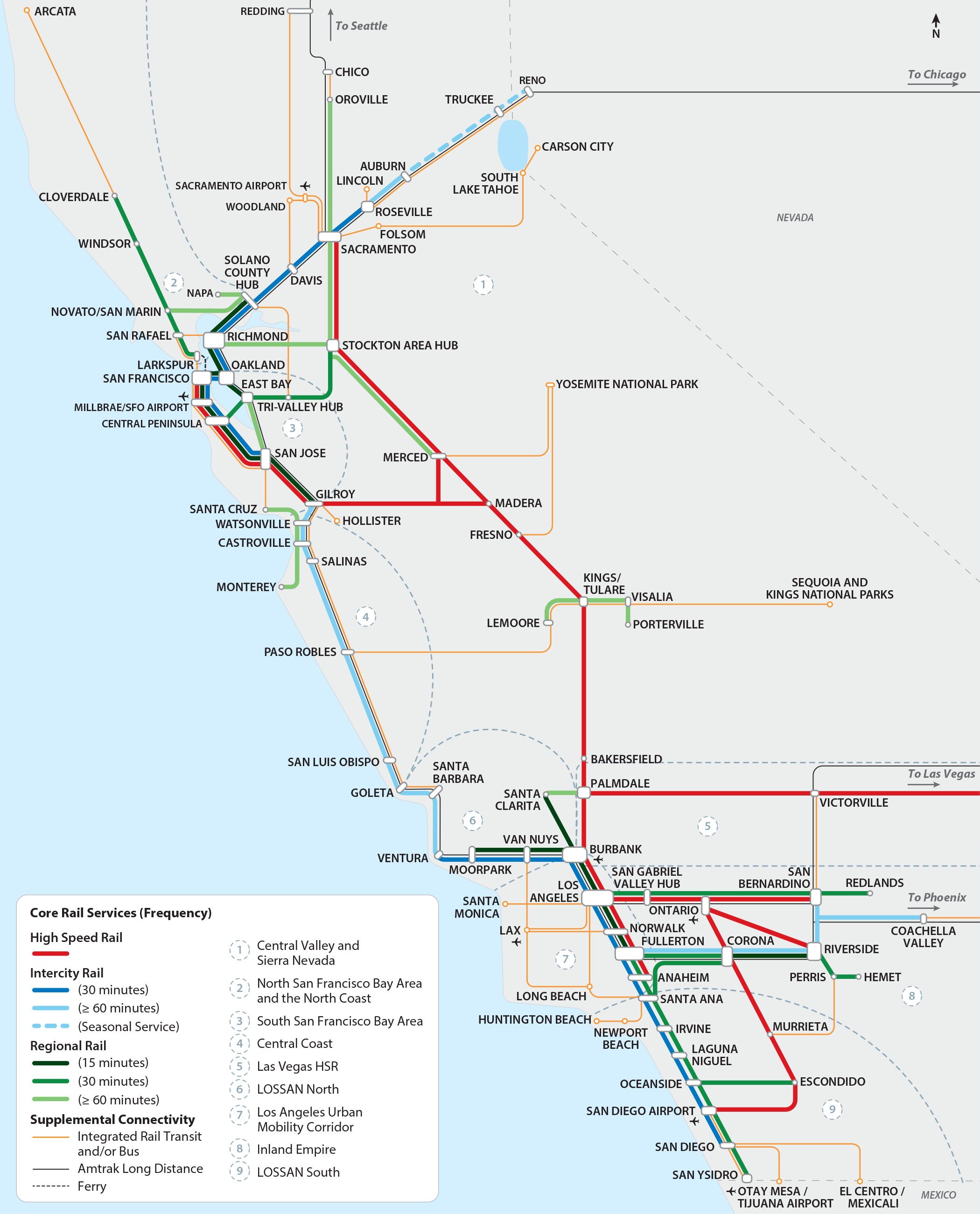
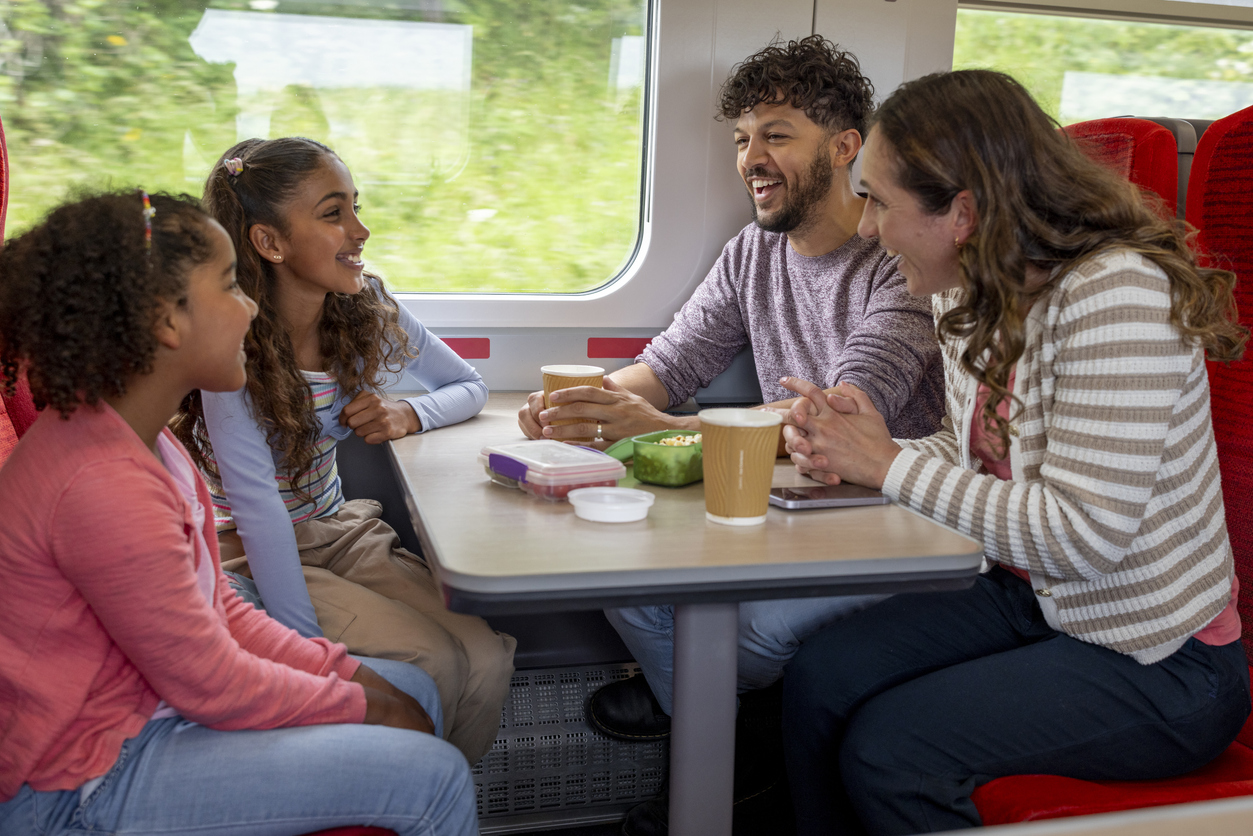
High-speed rail changes the way people think about travel.
Same-day, round-trip travel becomes possible to many more destinations, making being there in person easier.
From the moment you step on board to the moment you arrive, trains give you the freedom to walk around, use the restroom, or visit the café car. There are no restrictions on using your phone, tablet or laptop.
High-speed rail isn’t just a better way to travel — it’s a bold step toward a connected, greener, and more vibrant tomorrow.
Help bring high-speed rail to America
Members of the High Speed Rail Alliance are working together to make fast, frequent, and affordable trains a part of everyday life.
The Two Core Components
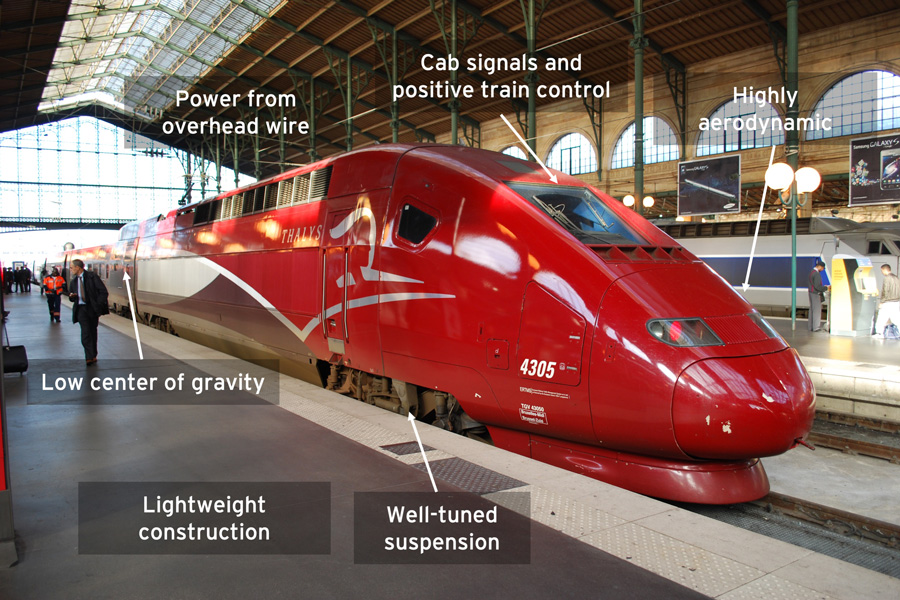
High-Speed Trains
High-tech, energy-efficient machines
High-speed trains are lightweight and aero-dynamic, able to accelerate quickly. Inside, the ride is quiet and smooth.
The smallest trains have twice the seats as the largest planes, but offer greater comfort and legroom.
In many countries, high-speed trains operate on both high-speed and conventional track in a single journey.
High-Speed Lines
Built like interstate highways
High-speed lines are like interstate highways with gentle curves and easy hills. All other railroads, roads, and walkways go over or under the tracks to create a sealed corridor.
Typically, the lines are newly built, but sometimes existing lines are upgraded. Design speeds range from 125 mph to 250 mph.
The newest lines in Europe operate at 200 mph. Several lines in China operate at 220 mph.
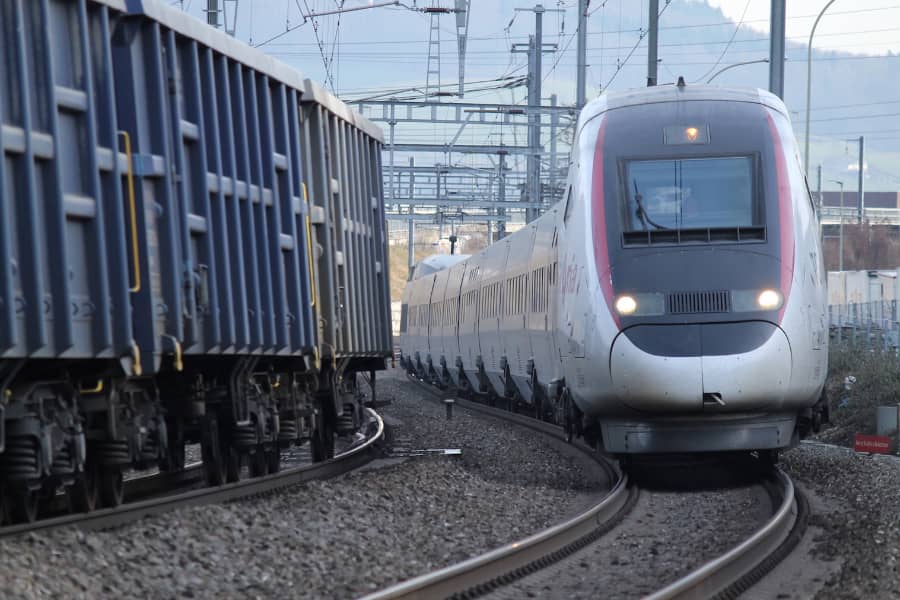
How Does the Rest of the World Build High-Speed Rail?
Most countries add new segments of high-speed line to their existing network while upgrading connecting “shared-use” lines (which can be used by intercity, commuter, and freight trains) and local transit systems.
In some cases, high-speed trains run in “unified service” using both high-speed and shared-use tracks in a single trip. In other cases, passengers can buy a single ticket and switch easily between high-speed and conventional trains.
We Need a Demonstration Project
When the Pennsylvania Turnpike opened in 1940, it proved the case for a national network of all-weather, “high-speed” highways. We need an initial high-speed line to launch an American high-speed rail network.
And there’s good news:
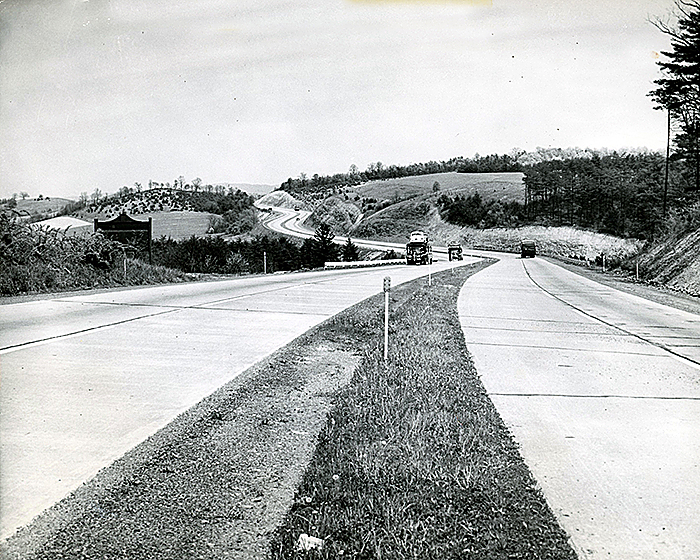
Two segments of high-speed line are under construction
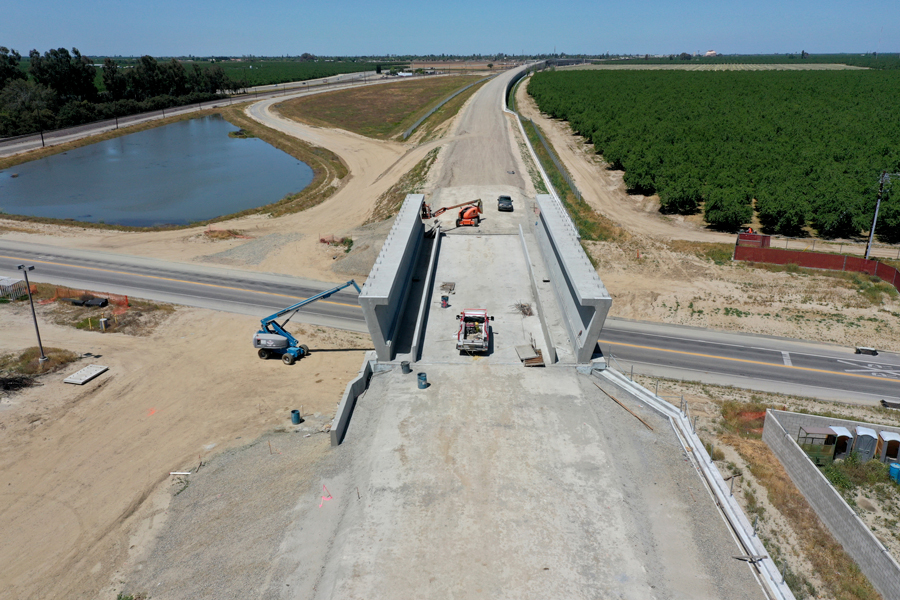
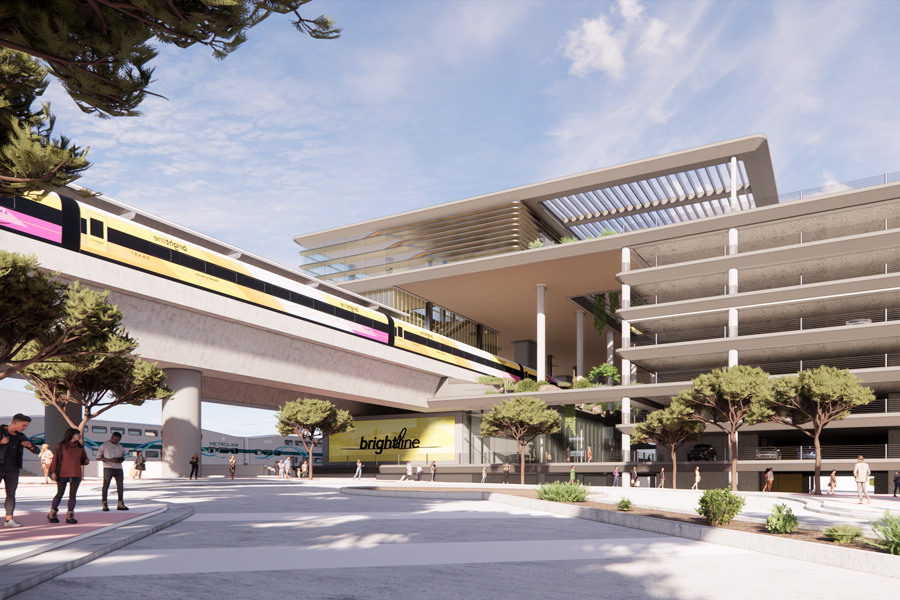
Join the High Speed Rail Alliance to help make high-speed rail to North America.

Get Involved
Tell the United States Congress: It’s time to reconnect the country with high-speed and regional rail!
The Latest from HSRA
Our Latest Blog Posts
Check out the latest news, updates, and high speed rail insights from our blog!

